Curtis hires four composers
NewsThe Curtis Institute of Music in Philadelphia has recruited no fewer than four composers to its faculty.
They are: Nick DiBerardino, Jonathan Bailey Holland, Amy Beth Kirsten, and Steven Mackey.
It is rare to find a US conservatory focussing on the creative side of music.

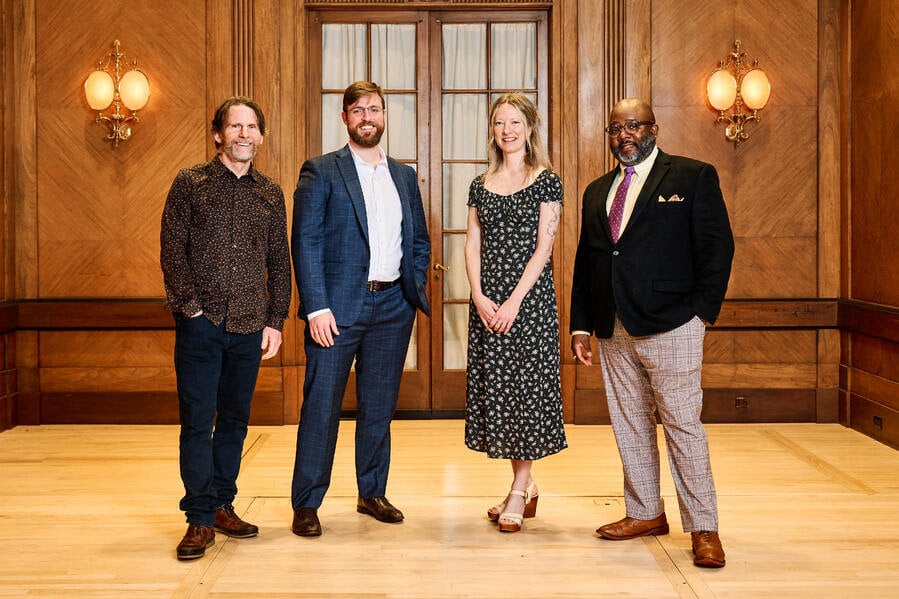
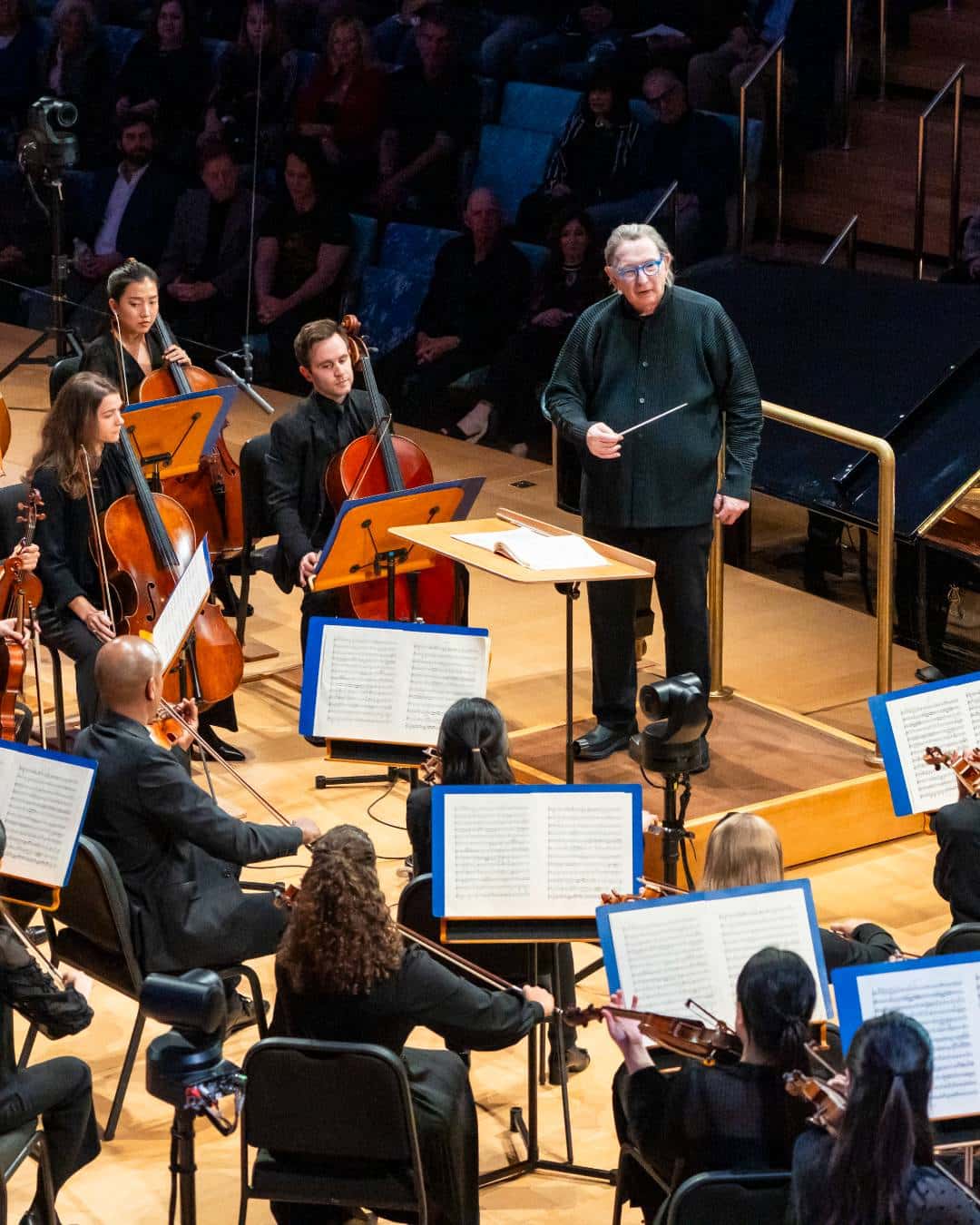
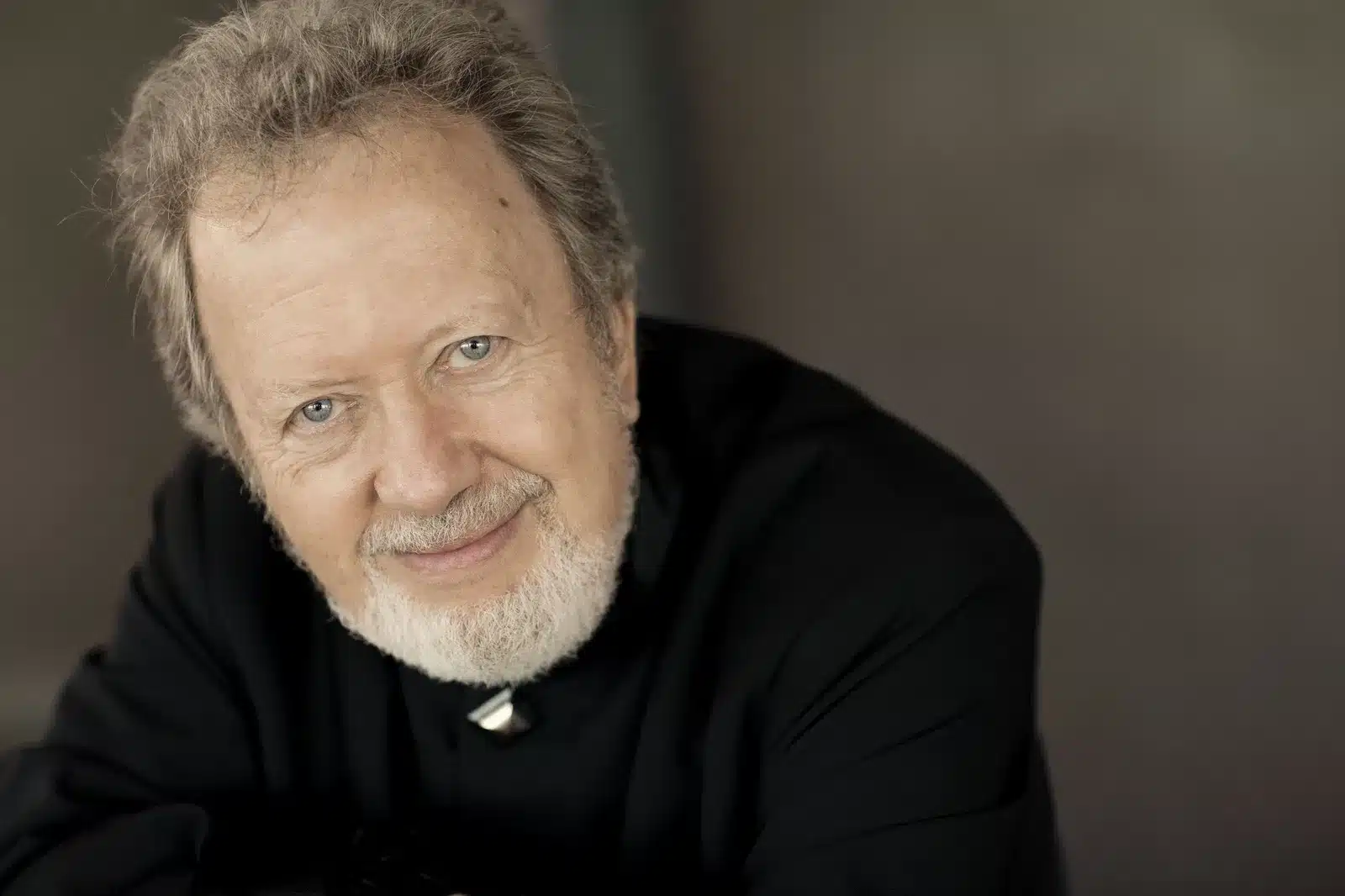
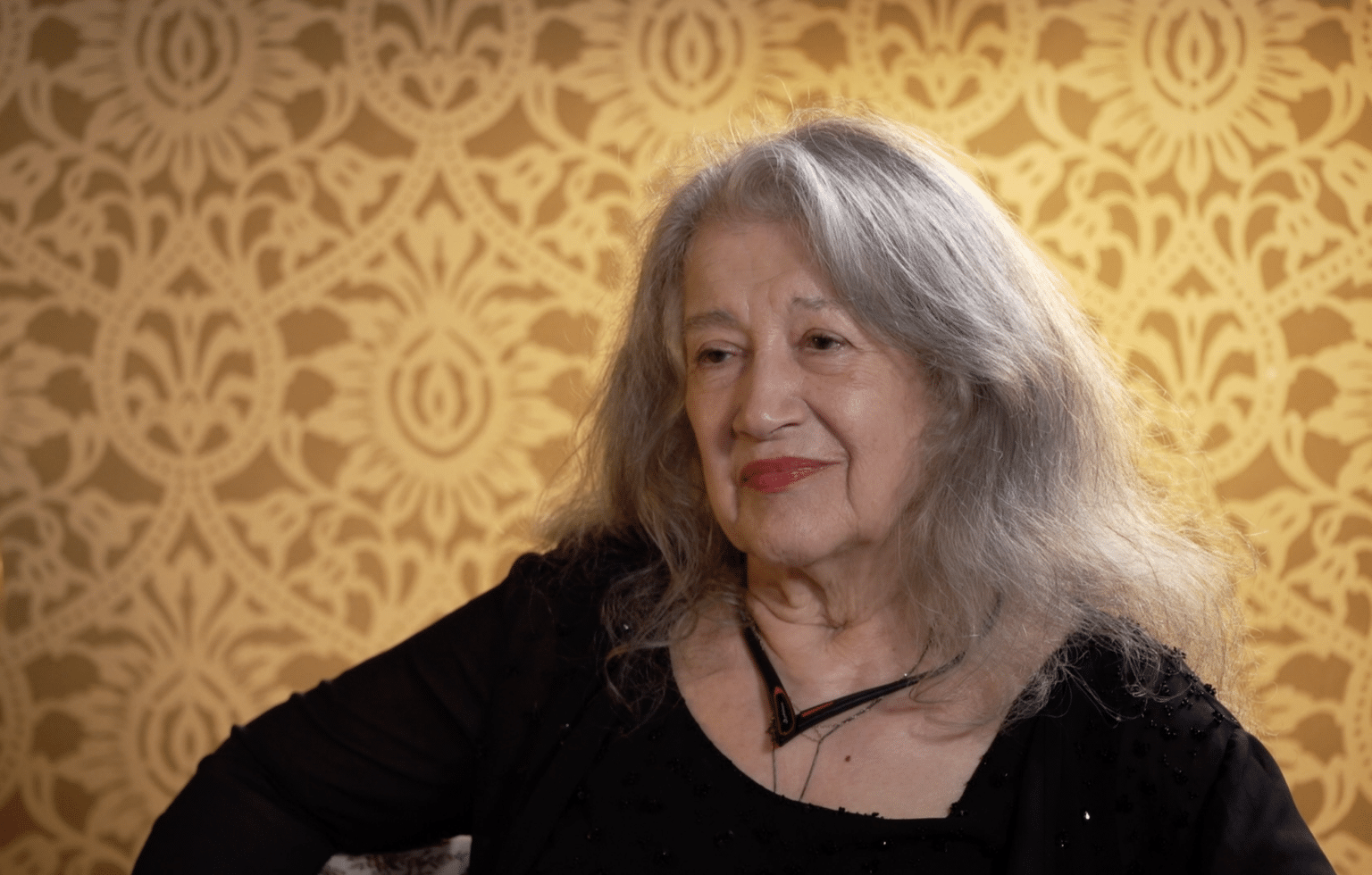
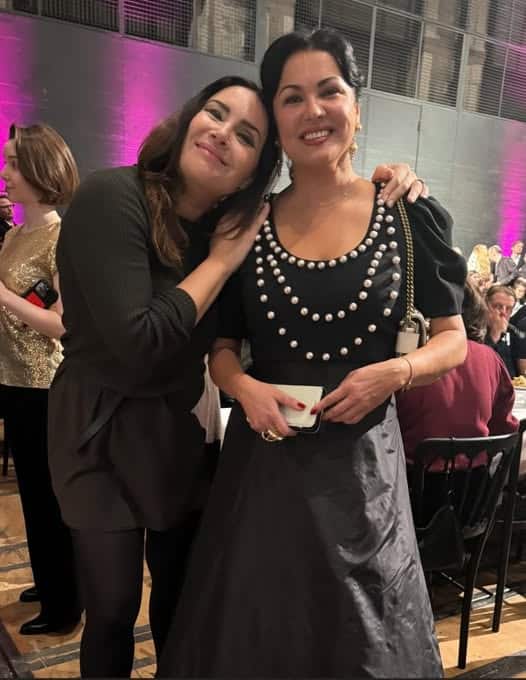
Comments